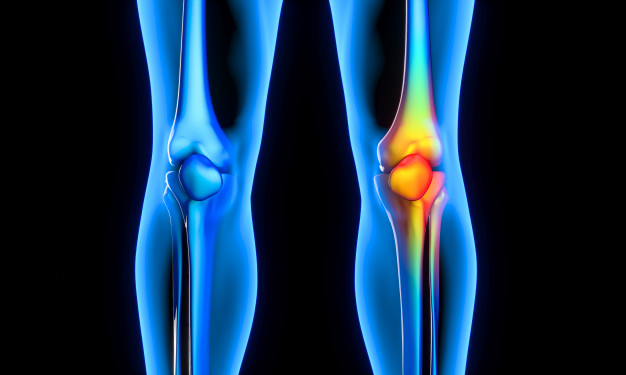Knowing the difference between ligaments and tendons becomes important as an individual wants to learn deeper into the study of biology. Besides, tendons and ligaments are crucial connective tissues in the body. The most important thing, the connective tissue tendon connects muscle to the bone while the connective tissue ligament connects one bone to another bone.
The most noticeable difference between ligaments and tendons is that tendons attach bone to a skeletal muscle and ligaments attach bone to another bone. Both of these tissues include a particular type of cell called Fibroblast that develops the structural framework for connective tissues.
Tendons are usually strong and non-flexible while ligaments are flexible and elastic. Both play an important role in joints and bones and comprise living cells. They contain a lot of collagen.
If you want to learn about the differences between tendons and ligaments, then please don’t skip. Keep reading this blog post.
Definition of Ligaments

The ligament is a kind of connective tissue that attaches one bone to another bone. Besides, ligaments have a lot of strong collagen fibers in them. Furthermore, ligaments look like chunks of string and they prevail in various shapes in the body.
Definition of Tendons

Tendon is another kind of connective tissue that connects muscle to bone. Therefore, the tendon’s role is to make movement possible. Also, they are remarkably resistant to tearing but are not incredibly stretchy.
Major Differences between Ligaments and Tendons
Tendons and Ligaments play a vital role in locomotion in all bigger organisms. The crucial variations between ligaments and tendons are summed up in the table below:
| Tendon | Ligaments |
| It usually attaches skeletal muscles to bones. | It attaches bones to bones. |
| It is tough and elastic. | It is elastic. |
| It attaches the end of the muscles to bones. | It attaches to the end of the bones at joints. |
| Each muscle consists of only one tendon. | Each joint consists of many ligaments. |
| Proteoglycan content is low in comparison to the ligament. | Proteoglycan content is comparatively more than the tendon. |
| It is white. | It is yellow. |
| Blood supply is poor. | Blood supply is just as poor. |
| Fibroblasts lie in a continual row. | Fibroblasts are distributed. |
| The fibers are compact and exist in parallel bundles | They are not placed in parallel bundles but are compactly packed. |
Ligaments and tendons are both composed of fibrous connective tissue, but that’s about where the likeness ends.
Ligaments appear as crisscross bands that connect bone to bone and support stabilizing joints. For example, the anterior cruciate ligament (ACL) connects the thigh-bone to the shinbone, fixing the knee joint.
Tendons are found at each end of a muscle, binding muscle to bone. Tendons are found throughout the body, from the head and neck all the means down to the feet. The Achilles tendon is the greatest in the living body. The Achilles tendon connects the calf muscles to the heel bones. The rotator cuff tendons support your shoulder swivel forward and backward.
Conclusion
There are lots of ligaments and tendons in the body. Both ligaments and tendons are made of connective tissue and both can be ripped or pulled, but they differ in function.
Ligaments connect one bone to another. Tendons connect a muscle to a bone. Both, however, are important to proper body mechanics. Understanding ligament and tendon problems before they serve major injuries are important to recognize an active and pain-free life.
If you are eager to know more about the differences between tendons and ligaments, please explore our blogging site. We will update new topics and try to answer your concerns.





